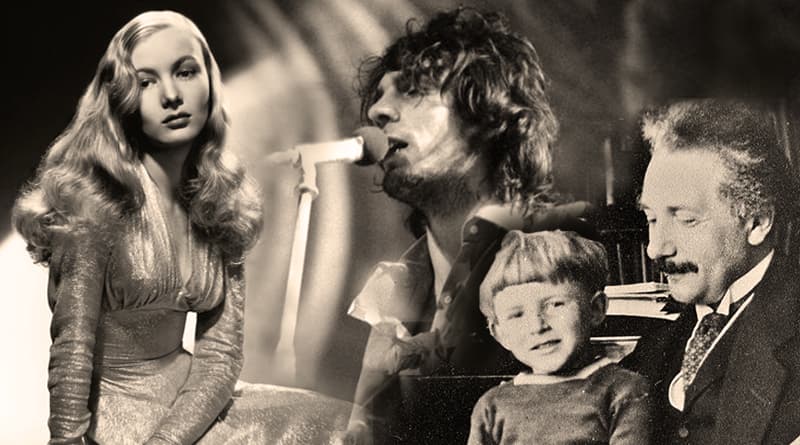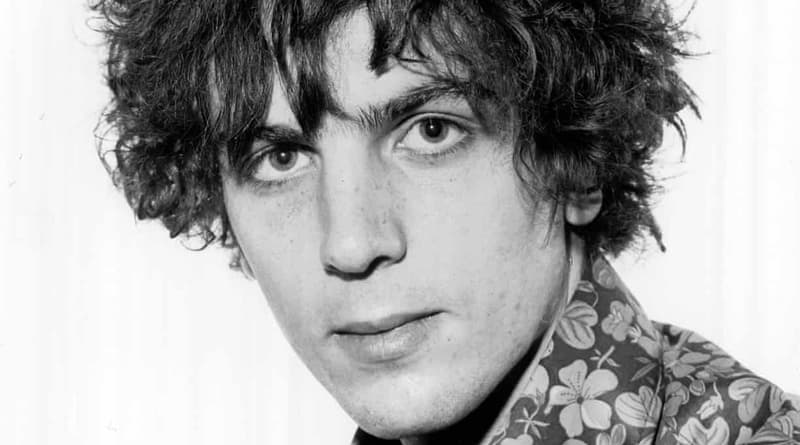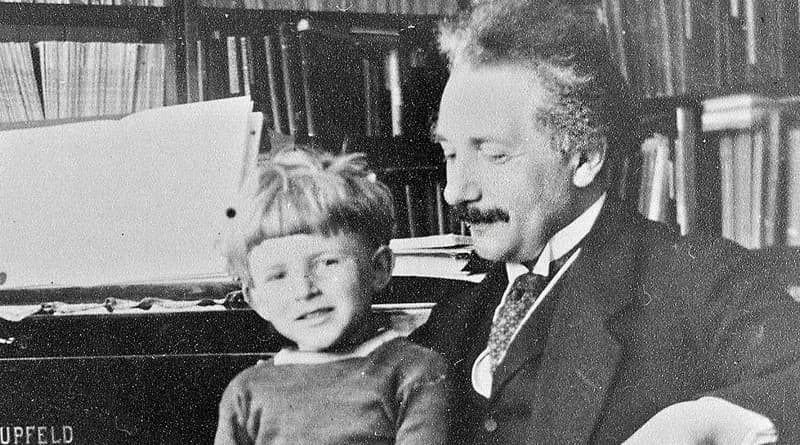
5 Fascinating Famous Figures with Schizophrenia
Schizophrenia in Famous Historical Figures
Schizophrenia is a psychotic disorder, which can loosen a loved one’s grasp on reality, thought, and emotion. Currently 3.2 million Americans live with schizophrenia, but another 1.5 million people worldwide will be diagnosed with the disorder by this year, alone. It can be difficult to maintain employment, or even social relationships without a proper support structure, leaving family members to wonder “What can we do to help them succeed?” These five well-known figures lived with schizophrenia, and did their best to live their lives with a potentially debilitating condition that many do not understand.
5. Hollywood icon Veronica Lake

Iconic film, television and stage actor, Veronica Lake, was well known for her femme fatale roles and “peek a boo” hair style in the 1940s. Though many were unaware of her living with schizophrenia, her mother noticed warning signs of the disorder: a quirky pattern of speech, disorganized thinking, experiencing auditory hallucinations, as well as having paranoid tendencies and a fragmented social life. Her mother strongly supported her acting career, even considering it a form of treatment for her condition. It quickly became clear that Constance Frances Marie Ockelman turned Constance Keane, eventually renaming herself Veronica Lake, excelled in acting and participating in pageants for her beauty and prowess in taking on new personalities in her roles. Through all the difficulties in her schizophrenia, she was determined to make a name for herself, eventually signing on to Paramount in 1941 and revolutionizing the way women styled their hair for decades to come. (Source)
4. Peter Green of Fleetwood Mac

British blues rock singer/songwriter and co-founder of Fleetwood Mac, Peter Green, battled for years with schizophrenia brought on by his drug use. After years of abusing acid and hallucinogenic drugs, Green would be diagnosed with schizophrenia, followed by the halting of his music, giving away his guitars and most of his money, and rapidly declining in mental health. He was in and out of clinics and mental hospitals, going through various rounds of electroconvulsive therapy. Through his determination to move away from the extensive over-medicating, he relearned to play the guitar and made his comeback. “It hurt my fingers at first, and I am still relearning,” Green stated, “What I have discovered is simplicity. Back to basics. I used to worry and make things very complicated. Now I keep it simple.” Though he would still claim to hear voices in his head, he’s surrounded by loving friends and lives an eccentric, but safe lifestyle. He was inducted into the Rock and Roll Hall of Fame in 1998. When he was asked if he would go through it all over again, he said, “There would be no point, I’d only do the same things all over again.” (Source)
3. Groundbreaking artist Vincent van Gogh

One of the most famous, influential figures in Western art history was believed to be heavily influenced by their schizophrenic condition, though there are no strong certainties behind which mental illness he had, schizophrenia is a commonly accepted theory put together through written correspondence between Vincent and Theo van Gogh. Dutch post-impressionist painter, Vincent van Gogh suffered from chronic depression and would not have gotten by without the financial and emotional support of his brother, Theo. Vincent often suffered from episodes of sudden terror and lapses in consciousness, as well as there being strong evidence of his use of Absinthe and Cognac, playing a major role in his illness. By early 1888, his illness would reach a state of psychosis and higher levels of emotional outbursts during his stay in Arles, and over the years would experience hallucinations and “severe agitation”. Vincent van Gogh was quarrelsome, fought with fellow artists, cut his ear off and gifted it to his lover, and would eventually commit suicide over the burden he felt placed on his brother’s shoulders. Despite his unfortunate end, he gifted the world and generations to come with masterful works of art. (Source)
2. Pink Floyd co-founder Syd Barrett

English musician, Roger Keith “Syd” Barrett co-founded the nostalgic band, Pink Floyd, in 1965 and influenced the world of rock for generations after. But many were unaware of the mental issues he had faced throughout his life. By 1965, Barrett began taking acid on a regular basis. By 1967 his drug cocktail would eventually take an obvious toll on his mental health, with his behavior becoming harder to control and more erratic. Though it is unclear what his diagnosis would have been, many professionals theorize he may have had schizophrenia, due to an incident in 1975, when Barrett would drop in to Abbey Road studios to see his former band mates, unannounced. He had already been out of the band for some time. When he appeared in the studio, he had gained considerable weight, shaved his head and eyebrows, often brushed his teeth and seemed completely detached from reality, to the point he was unrecognizable by his former band mates. Once Roger Waters realized who he was, he broke down into tears in the disappointment of what happened to Barrett. Barrett settled in Cambridge, England as an eccentric, amateur painter, until his death in 2006 from pancreatic cancer. (Source)
1. Eduard Einstein, son of Albert Einstein

One of the most brilliant minds of the 20th century, Albert Einstein, spent his entire life trying to understand the behavior of light. Yet very few know of his struggle to understand his own son, Eduard “Tete” Einstein. Eduard was a good student and well-versed in music, and had big plans to study medicine, but would be diagnosed with schizophrenia, devastating his father. Albert would accompany his son to sanitariums to receive treatment, but it seemed those treatments would do more harm to Eduard’s cognition than aid him. In a nervous breakdown, Eduard told his father he hated him, and would stay with his mother in Zurich until his untimely death. (Source)

Derek Dunston has worked in children’s entertainment for several years, through balloon art, magic, music, and educational games. He is working towards his B.A.S. in Secondary Mathematics grades 6-12 and has served Broward County Public Schools as a substitute teacher for three years. He plans to dedicate his life to child honoring and promoting inclusive/multicultural practices to benefit future communities in the fields of education and children’s entertainment.




